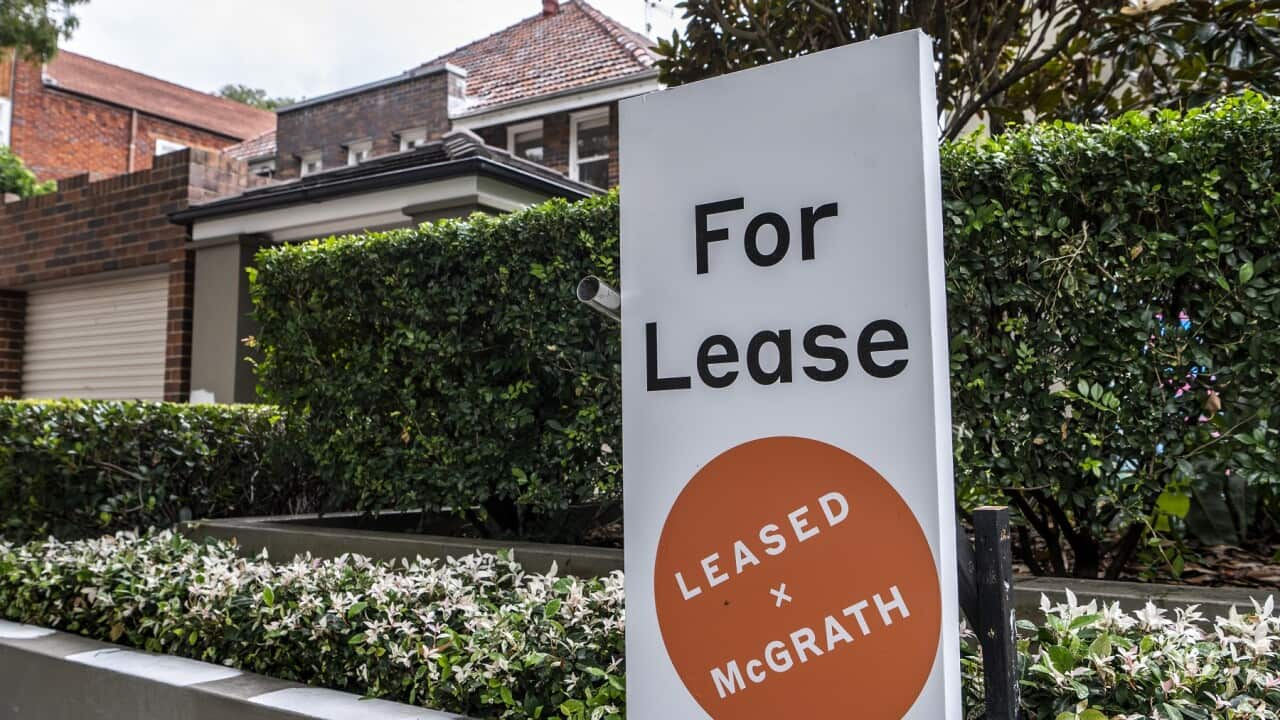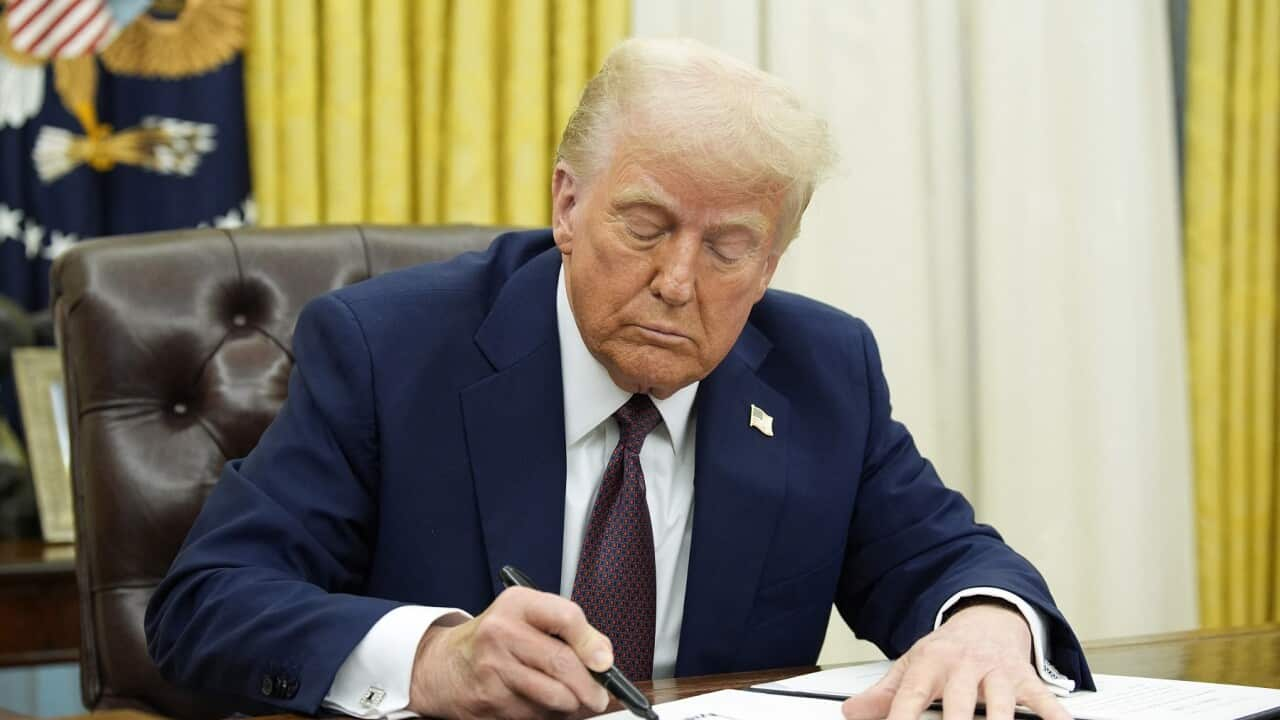There's currently plenty of discussion about how hard it is for many to get into the housing market - even by means of renting.
Anglicare Australia says the situation is even worse than they first thought.
The charity has looked at nearly 46,000 properties available for rent at one time across the country, finding that many essential workers cannot afford to live in the communities their jobs are supposed to serve.
Kasy Chambers is Anglicare's Executive Director.
"What we found shocked even us, in terms of that affordability. So even the ones who had the greatest affordability - the firefighters and the teachers - three per cent out of those 46,000 properties available on that weekend (of the survey) would have been affordable. That went right down - when we looked at an aged care worker, it was 1.1 per cent. When we move down to nurses, 1.5 per cent of those 46,000 properties would have been affordable if you were a nurse. It gets even worse. People who are working in retail, in construction, about 1.3 and 1.1 per cent. And 0.9 of a per cent - less than one per cent- for early childhood educators and people working in hospitality."
The property market is primarily thought of as being challenging in big cities like Sydney and Melbourne.
But Ms Chambers says things aren't much different for essential workers outside of those areas.
"All states and territories - none of them were affordable. The lowest were WA and the ACT and the Northern Territory. For example, for an aged care worker, 0.2 of a per cent - so less than half a percent of those properties - would have been affordable. But no state was particularly affordable."
Ms Chambers says the flow-on effect of a lack of affordable housing is worker shortages in essential industries.
She says more social and affordable housing has to be built immediately.
"We desperately need more affordable housing, but we need it today. We need it getting out there on the ground. So we've got to get more housing out there. Rent freezes might be useful as a temporary measure, but we've actually got the look at the full structure of how the private rental market is funded, and how the whole of our housing repertoire if you like - from public, to affordable, to social, private rental, and owned - operates. As I say, when we can't house these very essential workers, who've invested in their careers to do these jobs that we simply cannot function without, there is something very wrong in how we have housed people."
Worsening rental stress on tenants is expected to feature heavily at a national cabinet meeting on Wednesday.
Prime Minister Anthony Albanese has been facing pressure to strike a deal with the states on rent controls, with the Greens arguing Australians could have saved billions of dollars if regulations were rolled out 12 months ago.
Greens housing spokesperson Max Chandler-Mather, has told the A-B-C the party agrees there is a clear need for more affordable housing - but it has to be clearly defined and actually accessible for those who require it.
"The devil is in the detail there. Often the definitions of affordable housing are really important here. For instance in Queensland their definition is just below market rent, which means it could be a dollar below market rent and they would define that as affordable. And that's not affordable for anyone."
Mr Chandler-Mather says the Greens believe one of the major issues is too much power and responsibility has been placed in the hands of the private sector, who have little incentive to address spiralling prices.
"Property developers will only build at a rate that doesn't affect - put downward pressure on house prices. That has been a consistent element of our housing system since governments stopped building a lot of public housing."













